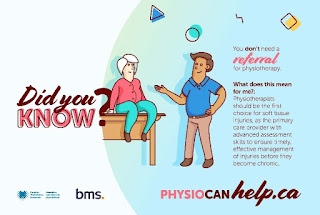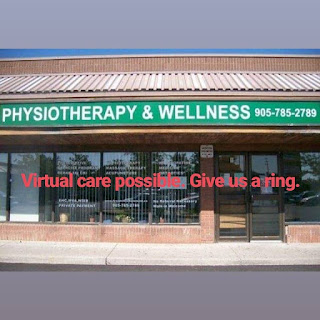Holiday Stretching

As holidays approaching, whether we celebrate or not, whether we get together or not, that lingering pain or tightness is still there. Let's encourage each other to not become complacent of taking care of our body and our health. Amongst the rest and holiday feasting, regular cardiovascular and stretching exercises are more important than ever. Hopefully we can also get to do some resistance training to gain some muscle strength as well as flexibility. Here, we are highlighting some important stretches or range of motion exercises to lengthen our spine and reverse the tightness from sitting too long. Let's keep moving and remember to avoid pain! 1. Neck chin tuck levator muscle stretch 2. Mid-back rotation side bending (bend your neck as well) 3. Lower back extension flexion (let your neck drop forward as well) 4. Hip flexor 5. Hamstrings Merry Christmas and Happy Exercise from ours to yours!




